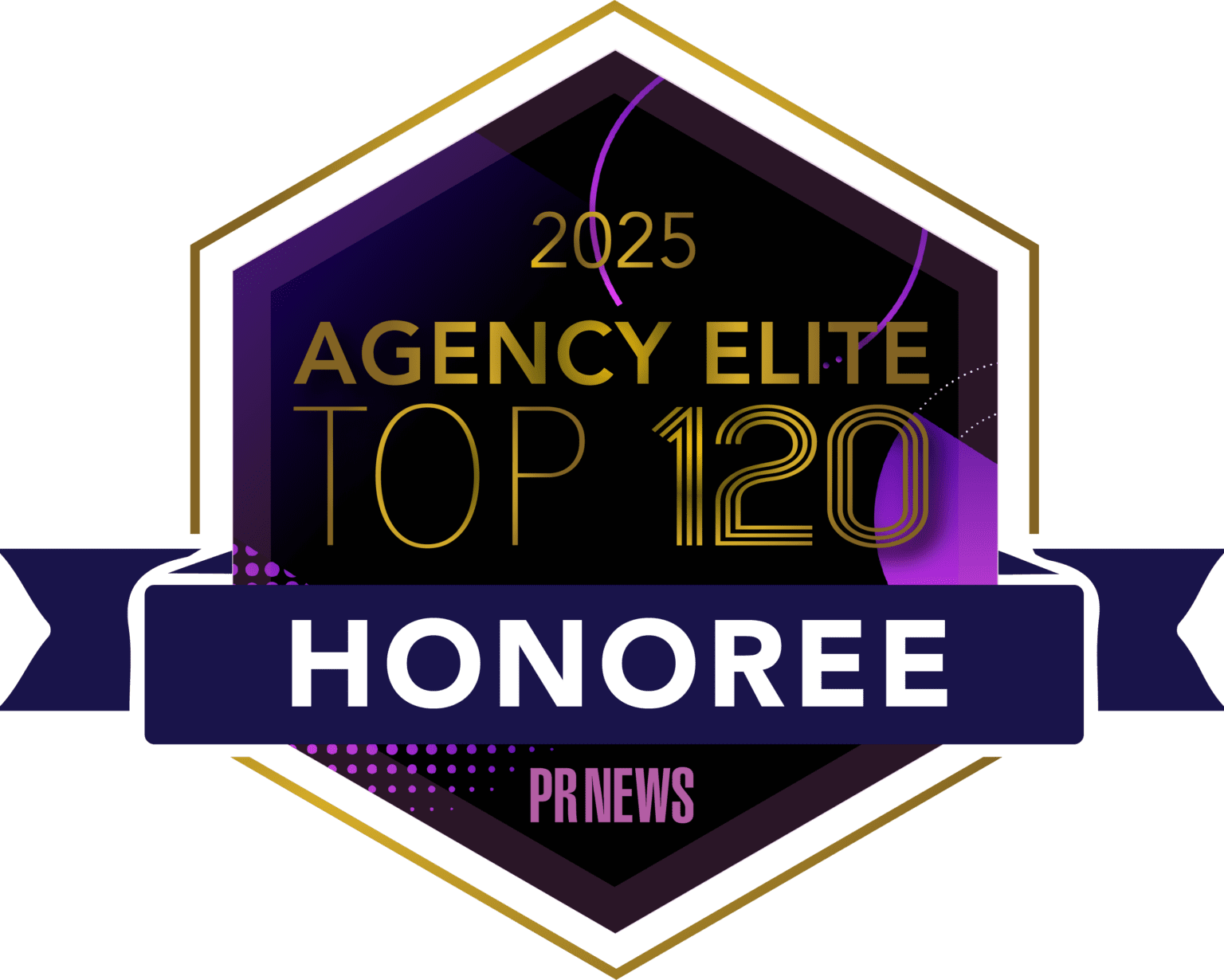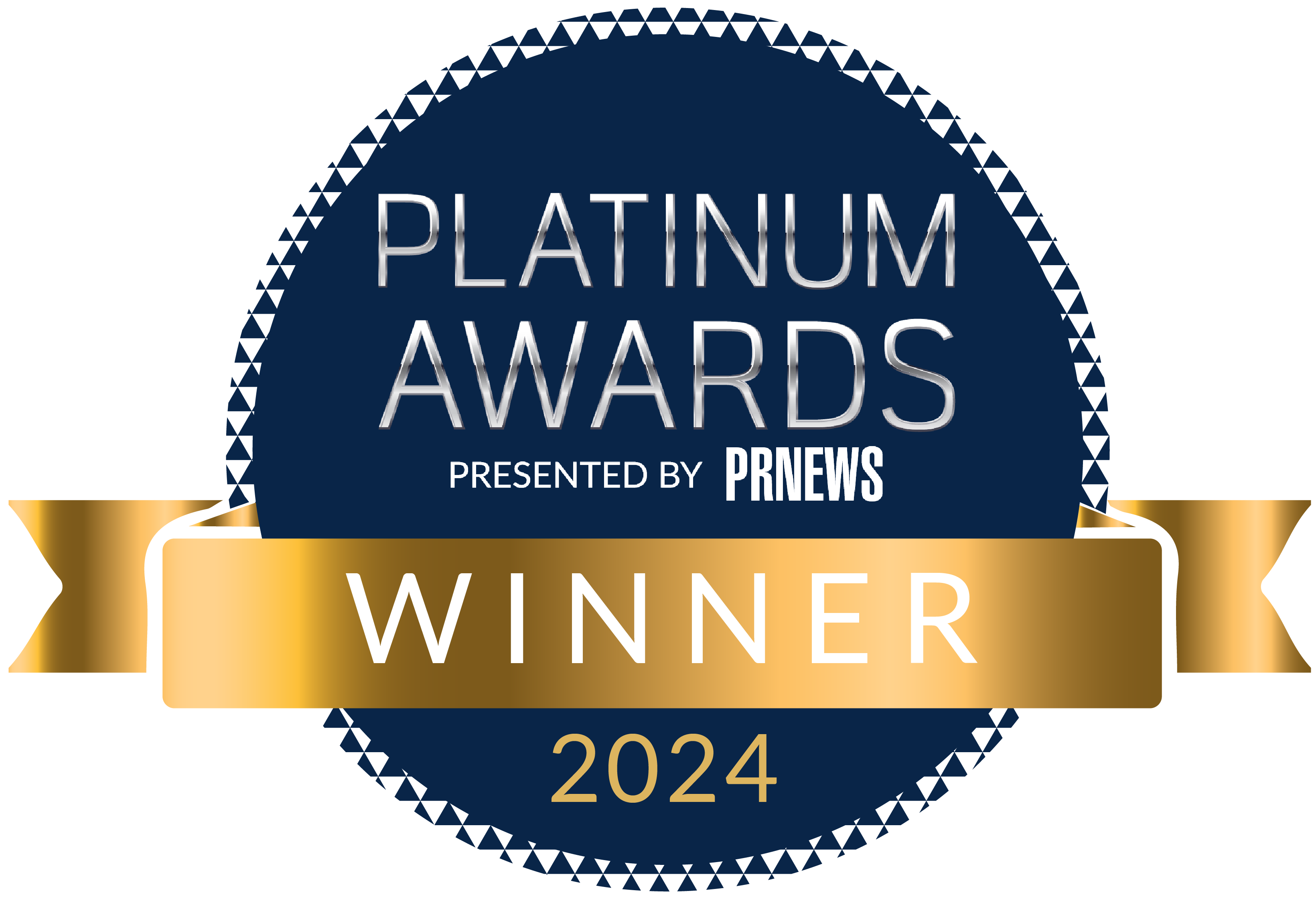I recently published a blog post about thought leadership and received feedback that I am very appreciative of. Multiple readers commented that I should mention how important executive buy-in is for thought leadership experts to be successful. For me, this starts with educating executive leaders to better understand how to best work with a PR firm. This should be done prior to establishing the partnership.
An anecdote to get us there:
When I was kid dealing with insomnia, boredom or both I would end up occasionally watching Ronco infomercials with the legendary Ron Popeil. The guy was always inventing cool cooking gadgets that, according to his informercials, made restaurant-perfect food usually within 20 minutes. Among Ron’s many trademark products was the Showtime Rotisserie grill that he would pack with an absurd amount of Cornish hens or other meat, fish and veggies. He’d press the button and yell “Set it and…” then the audience would yell “…forget it!”
The “set it and forget it” slogan was awesome for direct marketing (over 8 million and counting Showtime Rotisseries sold), but it’s terrible advice for how to best work with a PR firm. When I speak with potential or new client brands, I go out of my way to use the phrase and explain how detrimental that thinking is to producing results and favorable media outcomes.
The purpose of this blog post is to inform those considering the hiring of a PR firm, have recently hired a PR firm, or have hired a PR firm and aren’t happy. Many times, brands and their communications and marketing leaders just don’t know what’s needed from them and their colleagues to succeed. Here is a short list:
Executive buy-in and participation.
If the CEO or another c-suite executive is the primary spokesperson and/or decision maker on the program, you’re going to want their buy-in. Corporate messaging, understanding how journalism/media works, and forming relationships with key reporters simply cannot be completed overnight – they take time and energy to do right. FischTank asks its client leadership to understand the long game with media relationship building, and also to attend input sessions to share/hear ideas at least a few times a year. The process is important and expectations must be managed.
Without doing so, both the PR firm and the Company’s internal marcomm function will suffer, and the collaboration itself will feel like an uphill battle early on. By comparison, having corporate stakeholders understand how PR works, as well as what the payoff of their PR efforts will be, brings a clear focus to the program.
Sharing insights.
As noted above, collaboration is everything and should remain a two-way street between the PR firm and the company that hired them. Each side should feel not just comfortable but encouraged to identify opportunities and share ideas for generating positive PR and media attention. For brands, this means sharing feedback from the business development, sales and investor groups within an organization. For firms, we should always be monitoring the news and listening to client messaging and interviews. This helps us unearth comments and ideas that could represent larger stories and campaigns.
It is often that these smaller insights, while early stage, turn into big trends covered by The New York Times, Wall Street Journal, broadcast television and more. Don’t wait on everyone else in your industry to jump onboard an idea or message! This exchange of ideas should be creative and unique, and are reflective of a healthy client / PR firm relationship.
Fast response times.
When I think of what’s needed most from a potential or new client, the first thing that comes to mind after quality of insights is timeliness of response. You or your company could have the greatest idea or analysis in the world, but if you wait until the news is no longer breaking or contemporary (often now less than a day or week), you may have missed the boat.
This is especially true for companies who want to be viewed as thought leaders, or experts on their industry, especially when news breaks. For example, if a federal policy is floated that would greatly impact your industry, a good PR firm needs to be in journalist inboxes that day and the next. FischTank refers to this as trendjacking – the art of commenting on breaking news to journalists as significant events unfold
Too often companies spend days before putting pen to paper, and then when they do they solicit feedback by committee. This will not work! Some board member, technology officer or attorney is inevitably going to water the insight down or neuter the commentary entirely, and in addition to making journalists wait, their time will be wasted.
A willingness to put themselves out there.
The only thing worse than not taking advantage of trendjacking or media outreach in general, is to dip only a couple of toes into the water. If you’re going to hire a PR firm and take the time to read a “how to best work with a PR firm” blog post, then make the determination right now to say something meaningful.
It’s funny when a positive piece of legislation for an industry is proposed or passes and LinkedIn and press releases are filled with “I applaud the ZYX administration for this historic commitment to XYX.” Why would a journalist ever include that in a story? Who cares?
Similarly, if the motive behind hiring a PR firm is “to promote our company” – then rephrase your thinking to “promote our insights, technology or differentiators.” If you do the former, the latter will happen. A brand’s messaging can’t read like a PowerPoint deck used to raise money. Journalists don’t want fluff commentary to fill space, they want unique angles and takeaways that inform their readers.
Get the admin and process stuff out of the way early.
There’s plenty of aspects of a PR or media relations campaign that seem small, like having headshots, bios, logos and product/service photos in place. Yes, they’re small in theory and during slow times, but when a journalist needs a photo for a story or headshot for a feature – you don’t want the answer to be “er, let me find one.” I once saw a TechCrunch reporter use an old team photo where everyone was wearing t-shirts that said the Company’s prior name before rebrand.
Internally, let’s say media outreach during a trendjack campaign results with a reporter asking for a quote within minutes. Does the PR firm have the cell number for the spokesperson to call her or him to get something approved quickly? Having and using that number can be the difference between a quote in a major daily newspaper, or nothing at all.
Apply the same thinking to crisis communications. In good times, brands rarely worry about chain of command for answering when a media inquiry comes in. But if something negative happens and your company is besieged by reporters? Better to have a crisis communications process established early so when the time comes you can make quick decisions.
How to best work with a PR firm – call FischTank PR.
We’ve been fortunate to maintain many of our client relationships for years on end. In fact, two of FischTank PR’s first three clients from early 2014 remain clients to this day! We stress collaboration early and often, and do our best to be transparent with companies about what will be needed from their side for their public relations program to be successful.
If you are interested in learning how to best work with a PR firm like FischTank, please email [email protected]




